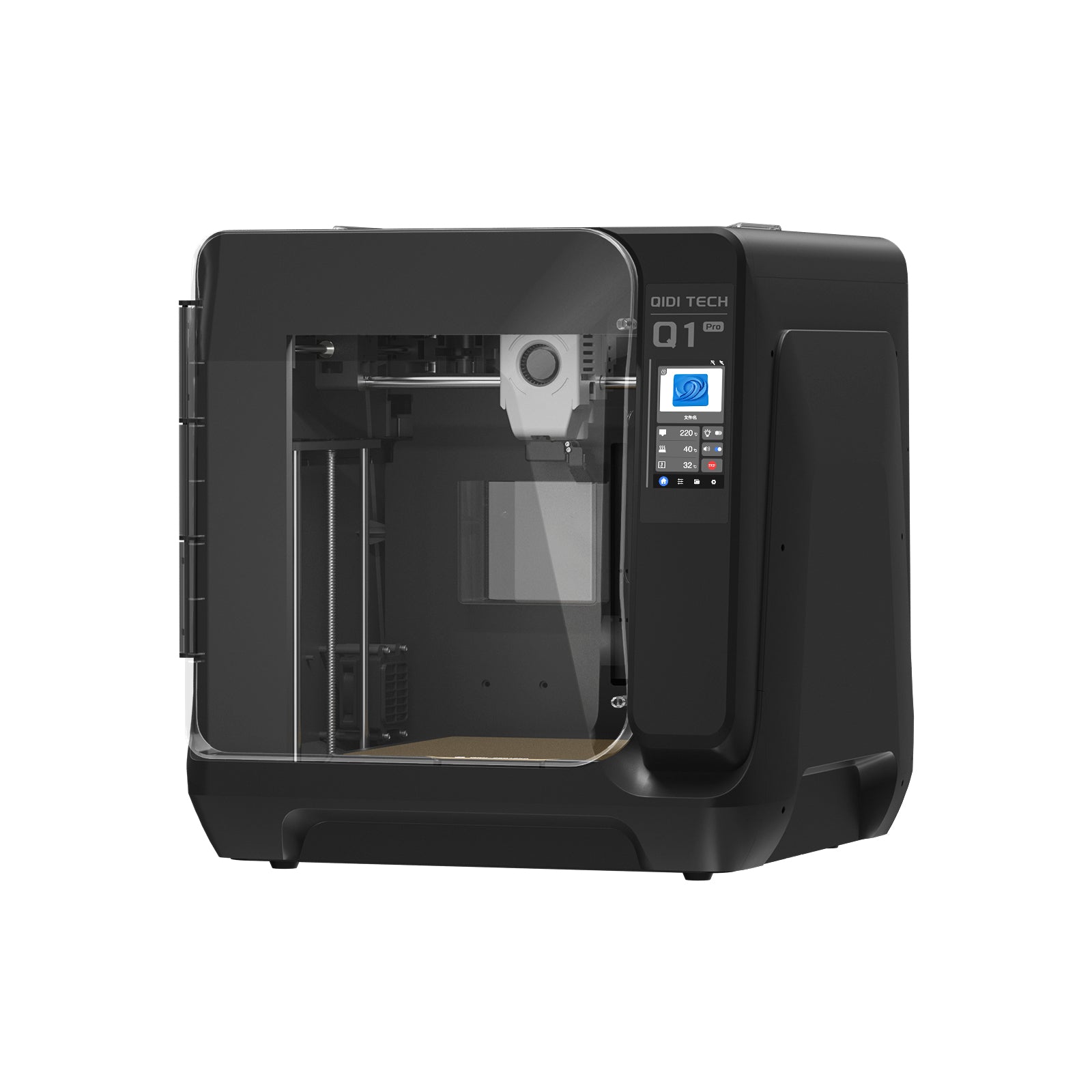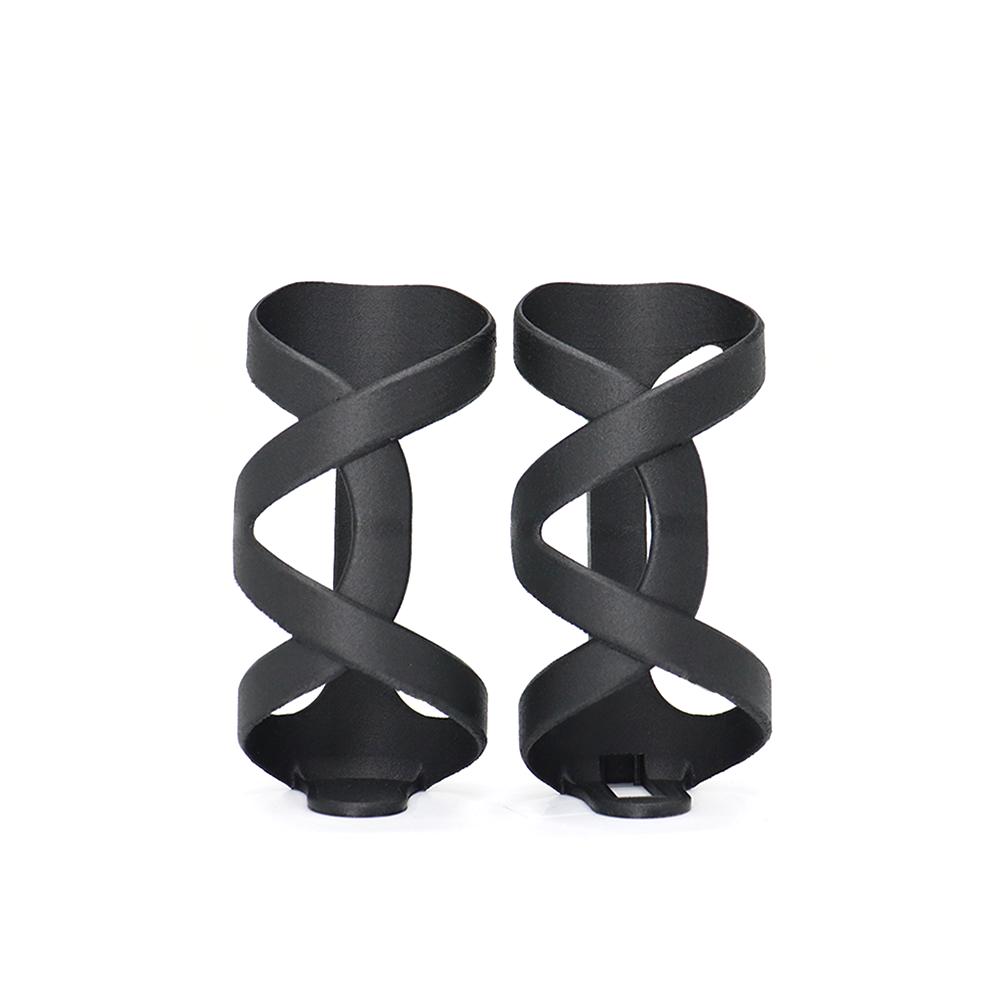Should I Buy a Cheap 3D Printer?
Table of Contents
- A Quick Answer
- Introduction
- Understanding 3D Printing
- Pros of Buying a Cheap 3D Printer
- Cons of Buying a Cheap 3D Printer
- Should You Buy a Cheap 3D Printer?
- Is a Budget 3D Printer Right for You?
- When to Level Up to a High-End 3D Printer
- Deciding on a Cheap 3D Printer: Balancing Cost and Quality
- Read More
A Quick Answer
A cheap 3D printer can be a good choice for hobbyists, beginners, or educational settings where print quality and precision are less critical. The lower cost allows you to explore 3D printing without a big investment. However, for professional use, complex projects, or frequent printing, a higher-end 3D printer is advisable to ensure better results, durability, and features.
Introduction
You've probably heard about 3D printing and how it's revolutionizing DIY projects, manufacturing, and even art. But when you start looking into getting your own 3D printer, you're hit with a wave of options - some are surprisingly cheap, while others could break the bank. So, should you go for a wallet-friendly model, or is it a case of "you get what you pay for"? Let's take a closer look at whether a cheap 3D printer is worth your money.
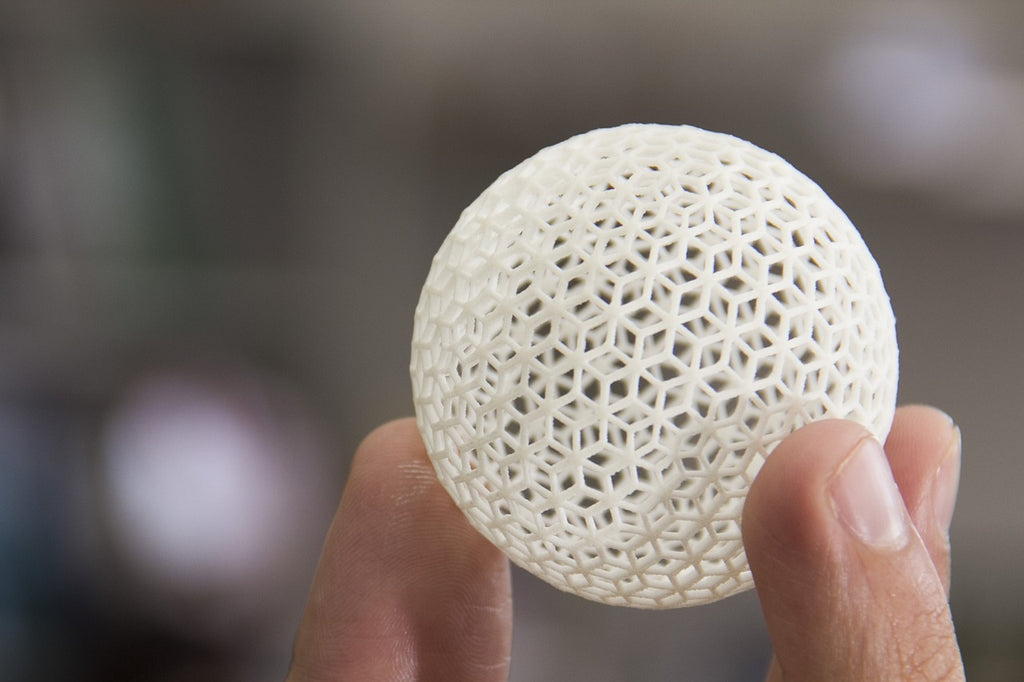
Understanding 3D Printing
Imagine you could make almost anything you want by simply printing it out, layer by layer. That's what 3D printing is all about. It turns digital designs into physical objects by building them up a slice at a time. Here's a simplified breakdown:
How does 3D Printing work?
- Designing: First, you need a digital plan for your item, which is made on a computer.
- Printing: The 3D printer then acts a bit like a super-precise hot glue gun, laying down material, usually a type of plastic, according to the plan. It makes one layer, lets it dry, and then adds the next, building your object from the bottom up.
- Finishing Touches: Sometimes, you have to clean up the printed item by removing extra bits or sanding rough edges to make it look nice and smooth.
What Can You Do with 3D Printing?
- Prototyping: If you're inventing something new, you can print out a small version to test before making it for real.
- Custom Stuff: Whether it's a phone case shaped like your favorite animal or a mug with your name on it, 3D printing can make one-off items just for you.
- Art and Jewelry: Artists and designers can dream up wild, complicated shapes and actually make them without needing fancy tools.
- In Schools: Teachers use 3D printers to show students how to turn their ideas into reality, which is pretty cool for learning about design and engineering.
- Fixing Things: Need a part that you can't find in stores? You can often print a replacement.
- Healthcare: Doctors are even using 3D printers to make custom body parts like hearing aids or dental braces.
3D printing can seem like it's straight out of a sci-fi movie, but it's real, and it's becoming more and more common in homes, schools, and businesses. Whether you want to make toys, tools, or even parts for your car, 3D printing has opened up a world where if you can design it, you can make it.
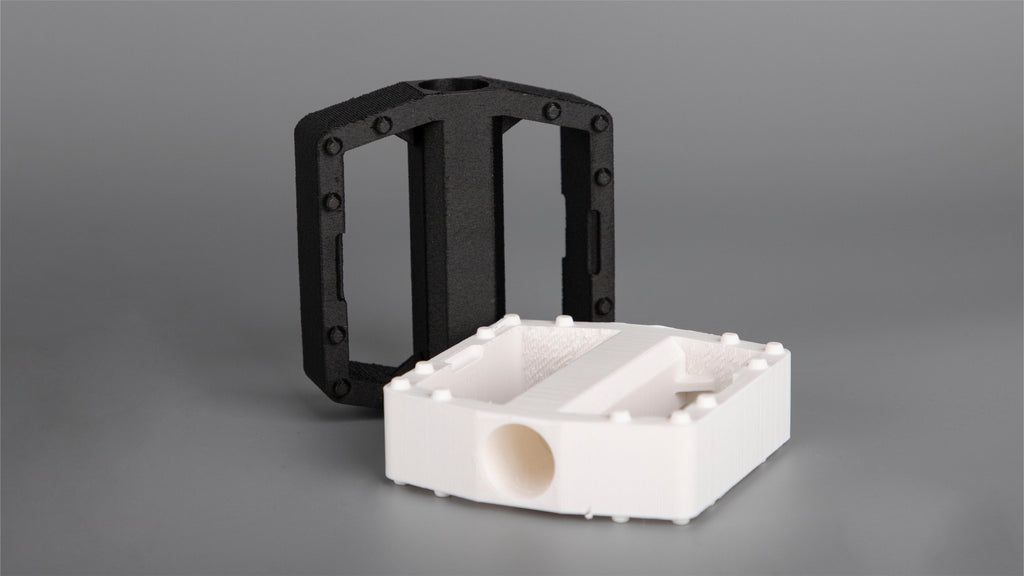
Pros of Buying a Cheap 3D Printer
Affordability
The most obvious perk of buying a cheap 3D printer is that it doesn't hurt your wallet too much. This is great if you just want to try out 3D printing without spending a lot of money. Think of it like getting an entry-level bike when you're just learning to ride; you wouldn't start with a professional racing bike, right?
Learning Tool
For those who are new to the world of 3D printing, a less expensive printer is like training wheels. It lets you get the hang of things without worrying about messing up a pricey piece of equipment. You can make mistakes, experiment, and learn the basics of 3D printing with a lot less stress.
Community and Support
One of the cool things about budget 3D printers is that there are usually a lot of other people using the same model as you. This means you can find help, advice, and even step-by-step guides from a community of users online. It's like having a bunch of friends who all know about 3D printing and can help you out when you're stuck.
Innovation
Cheap 3D printers can be a bit like a blank canvas for tech enthusiasts who love to tweak and fiddle with their gadgets. Many of these printers are made to be upgraded, so you can improve them over time with new parts or modifications. It's a bit like customizing your own computer; you can add bits and change things around to make it just the way you like it.
Going for an affordable 3D printer is a smart choice if you're just starting out, if you love being part of a helpful community, or if you enjoy making things your own through upgrades and personal touches. It's a budget-friendly way to jump into the world of 3D printing and learn lots along the way.

Cons of Buying a Cheap 3D Printer
Material Quality
Think of a cheap 3D printer as a budget-friendly toy. It might not last as long or work as smoothly as the more expensive ones. This can mean your printed objects might not look as neat or as strong as you'd hoped.
Precision
Cheap 3D printers can be like drawing with a blunt pencil when you really need a fine pen. They might not capture tiny details very well, making intricate designs a bit fuzzy around the edges.
Maintenance
Owning a budget 3D printer can be like having an old car that always needs fixing. You might spend more time adjusting and repairing parts than actually printing your designs.
Features
Less expensive printers often don't have the cool extras that make printing easier, like automatic adjustments for a level printing surface. They also might only work with a limited range of materials, so you can't always print with the material you want.
In short, while a cheap 3D printer saves you money at the start, it may come with a trade-off in quality, more hands-on fixing, and fewer features compared to pricier models.
Should You Buy a Cheap 3D Printer?
When considering a cheap 3D printer, you should ask yourself a few important questions to determine if it's the right choice for you.
1. Print Quality
How important is the crispness and detail of your printed items? If you're okay with less detail for things like household gadgets or simple toys, a cheap 3D printer will do the job. But if you need your prints to have fine details, like for intricate art pieces or complex prototypes, you'll want a printer known for high-resolution output.
2. Build Volume
Size matters when it comes to what you're printing. For small trinkets and pieces, a cheap 3D printer with a modest build area is sufficient. However, if you're planning to print large objects or parts, you'll need a printer that can accommodate larger build volumes.
3. Material Compatibility
Consider the diversity of materials you plan to use. Cheap printers often have limitations, typically printing with basic plastics like PLA or ABS. If you want to work with more advanced materials, like flexible filaments or composites that mimic wood or metal, you might need to invest in a higher-end printer.
4. Ease of Use
Your own tech-savviness should guide your choice. Beginners will benefit from a cheap, user-friendly printer that's easy to set up and operate. They are less intimidating and allow you to learn the ropes without overwhelming you with complex features.
5. After-Sales Support
Good support can make or break your 3D printing experience, especially if you're new to it. With a cheap printer, you might face more issues, so having access to customer service and being able to find replacement parts easily is crucial.
A cheap 3D printer could be a good start if you're new to 3D printing, working on simple projects, or just exploring the hobby. Just make sure that it aligns with your expectations regarding print quality, build size, material needs, ease of use, and the support you might need.
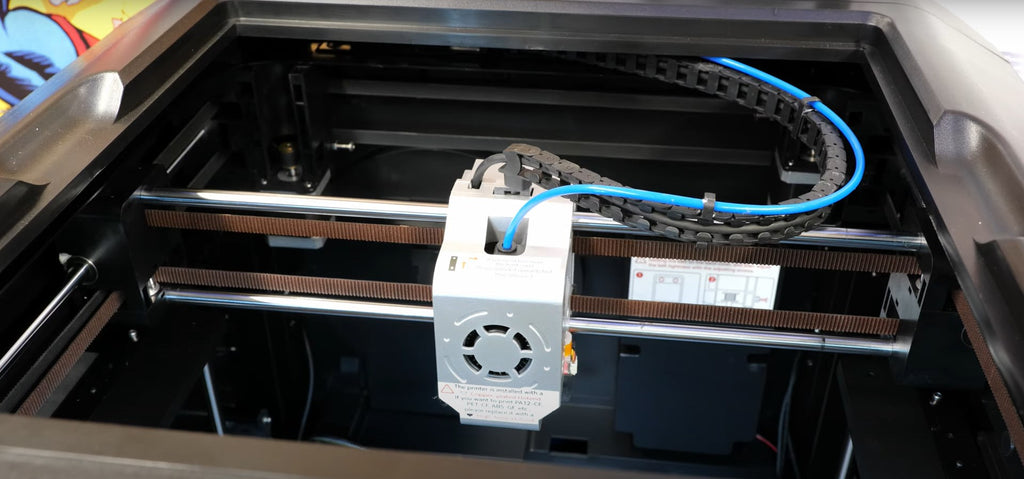
Is a Budget 3D Printer Right for You?
Hobby Projects
A budget 3D printer is perfect if you're just printing for fun. It's like using a basic camera for a photography hobby - you get to enjoy creating without spending a lot.
Educational Use
For schools and workshops, cheap printers make sense. They're like classroom laptops - not top-of-the-line, but they get the job done and more students can use them at once.
Trying New Things
If you want to experiment with 3D printing, start with a low-cost model. It's like practicing guitar on an affordable instrument before investing in a professional one.
In short, go for a budget 3D printer if you're exploring a hobby, teaching many students, or just testing out ideas. It's a low-stakes way to learn and have fun without breaking the bank.
When to Level Up to a High-End 3D Printer
For Professional Use
If you're using 3D printing for business or professional work, think of high-end models like investing in a good suit for important meetings. They deliver better quality, and precision, and offer a more professional finish - essential when you're selling products or presenting models to clients.
Advanced Projects
When you're working on complex or detailed designs, or if you're experimenting with cutting-edge materials, a more expensive printer can be as crucial as a chef's high-quality knife set. These printers can handle intricate tasks and a wider range of materials, giving you the freedom to push the boundaries of your creations.
Long-Term Reliability
If you're printing often and need a machine that will last, investing in a higher-quality printer is like choosing a reliable car for daily commuting. It's built to endure, provides consistent results, and generally requires less maintenance, making it a wise choice for the long haul.
In essence, upgrading to a more expensive model is about matching your tools to the level of your ambition and workload. When your projects, professionalism, or the scale of operations grow, so should the capabilities of your 3D printer. It's an investment in your work's quality and your own efficiency.
Deciding on a Cheap 3D Printer: Balancing Cost and Quality
When considering the purchase of a cheap 3D printer, assess your needs and expectations. If you're new to 3D printing, working on simple projects, or interested in a cost-effective way to learn and experiment, an affordable 3D printer can be a good start. It offers a low-risk introduction to the technology and is suitable for hobbyists and educational settings. However, for professional quality, detailed work, or frequent use, investing in a high-end printer is advisable, as it will deliver better precision, more features, and greater reliability. Therefore, choose a cheap 3D printer for casual exploration and basic learning, but opt for a more expensive model as your demand for higher quality and more complex prints grows.
